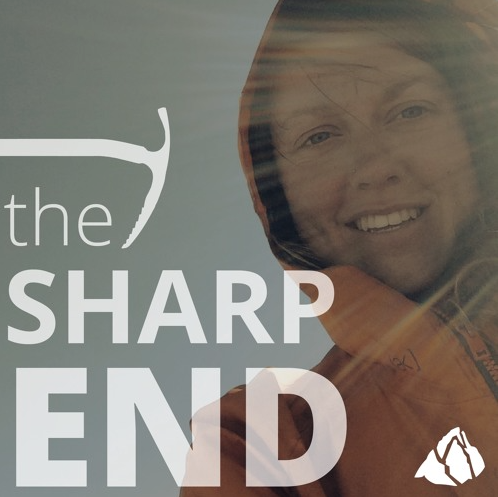Climbing Fall — Probable Verglas
Wyoming, Grand Teton National Park, Grand Teton
On July 20, the NPS received a cell phone call reporting that a 41-year-old male climber had fallen and was unresponsive. The injured climber had been leading the Owen Chimney feature (5.5) on the Grand Teton (13,770 feet) and had fallen ten minutes prior. The patient, who was wearing a climbing helmet, had been placing a piece of protection when his foot slipped, resulting in a tumbling fall to the belay ledge.
The patient had sustained a head injury, had dilated pupils, and had intermittent breathing. The incident commander relayed initial instructions including rolling the patient on his side, opening and clearing his airway, monitoring his breathing and pulse, and keeping the patient warm. At 11:46 a.m., NPS personnel requested the park’s contract helicopter to assist in the rescue. At 11:47 a.m., the reporting climber stated that he was starting cardiopulmonary resuscitation (CPR).
At 12:29 p.m., the party informed the NPS that the patient was still unresponsive, had slow breathing and a pulse, significant bleeding in his mouth, and fixed and dilated pupils. The helicopter departed the Lupine Meadows rescue cache with two rangers at 12:55 p.m.
Unfortunately, at 1 p.m., the reporting party informed NPS personnel that, following 20 minutes of sustained CPR, the patient had died from his injuries. The first ranger arrived by short-haul at 1:20 p.m. and confirmed the death of the climber. A second ranger arrived on scene via short-haul at 1:40 p.m. and extracted the deceased climber’s son. The first ranger remained on scene with the climbing partner and began an accident investigation.
ANALYSIS
This team had done many things correctly. They allotted extra time for poor conditions or weather. They researched their route, both at home and at the ranger station. On the day of the accident, the climbers got an early start and progressed reasonably well. They were prepared for the dry conditions reported by others who had descended the previous day. However, on many alpine routes, daily freeze-thaw cycles can coat rock in thin ice (verglas) during the early morning hours. The thin ice was reported in the chimney on July 20 and might have caused the deceased climber’s foot to slip.
A fall in non-vertical terrain can have worse outcomes than similar falls in steeper terrain. Per reports, the climber tumbled 40 to 50 feet. This climber was wearing a helmet, but it appears that multiple impacts during the tumbling fall broke the helmet and likely caused further injury.
Following efforts to save this climber’s life, two climbing partners were still at the scene. It is important to acknowledge the transition from rescue of the patient to rescue of the partners. First, rescuers should address basic needs such as warmth and hunger. Rescuers should be diligent in psychological care for the survivors. The NPS personnel involved in this incident reported spending the majority of their efforts directed at the care of the two survivors. (Source: Grand Teton National Park Search and Rescue Report.)

